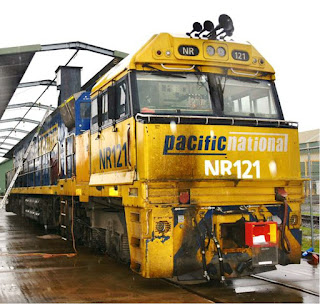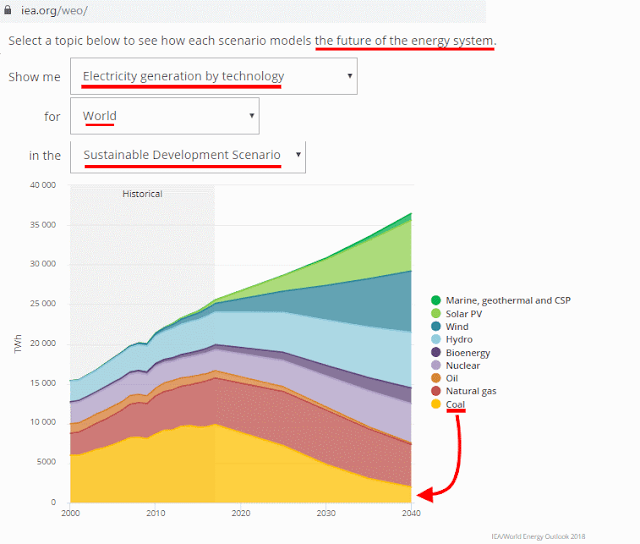Production of urea fertiliser with existing technology and natural gas as both a feedstock and fuel creates substantial carbon dioxide emissions and is very expensive due to high fossil fuel energy costs.
Just one modification can reduce the carbon dioxide emissions to zero - and substitute lower-cost renewable energy:
This approach of changing natural gas with steam to carbon dioxide and hydrogen is described as Autothermal Reforming. For further reading, see "Difference Between Steam Reforming and Autothermal Reforming".
One tonne of urea fertiliser contains 200 kilograms of carbon. To achieve zero-emissions ONLY just enough natural gas to supply the carbon that will be incorporated into the end product is required: there is no extra carbon that would be emitted as carbon dioxide.
Natural gas containing 200 kilograms of carbon for one tonne of urea has an energy content of 14.8 gigajoules. At $10 per gigajoule, natural gas costing $148 is sufficient to make one tonne of urea.
| Prices to remain high. (From the ABC article "Farmers turning to alternative growing methods in wake of sky-high fertiliser price") Analyst Andrew Whitelaw said the huge price hikes in fertiliser all boiled down to one factor: high energy costs. "I just don't see it [fertiliser prices] falling massively. We don't see it getting back into the A$800 or less mark, by the time we have to buy. We're liable to have high prices for Australia right through to our seeding period." |

|
| Andrew Whitelaw from Thomas Elders Markets says fertiliser prices have climbed an extraordinary amount. (ABC News) |
One tonne of urea can be made in the following steps:
- methane + water => hydrogen + carbon dioxide
- nitrogen + hydrogen => ammonia
- ammonia + carbon dioxide => ammonium carbamate
- ammonium carbamate => urea + water
All of the carbon dioxide produced in step 1 is consumed in step 3.
Half of the water consumed in step 1 is recovered in step 4.
Inputs consumed are the methane and half the water used in step 1 and the nitrogen used in step 2.
The only outputs are one quarter of the hydrogen from step 1 and urea from step 4.
This method produces zero-emission hydrogen with renewable energy, in parallel with the manufacture of urea.
Hold that thought.
After considering what seems a novel approach to zero-emissions fertiliser manufacture, (or indeed, any 'novel' idea in any industry) it is always worth doing a patent search to check if the 'novel' idea has in fact been developed by someone else.
And so it is in this case.
A patent search turns up a patent "Zero emission urea process and plant". The abstract begins:
"Disclosed is a method for the production of urea allowing a substantial reduction , even down to zero , of the continuous emission of ammonia conventionally resulting from such a process. ..."The above patent addresses only the reaction of carbon dioxide and ammonia.
The same inventors also have a patent for the production of the hydrogen and carbon dioxide that are required to make urea, "Process for producing ammonia and urea". The abstract begins:
"Disclosed is a process for the production of ammonia comprising a step wherein synthesis gas is formed in two different ways, viz. by catalytic partial oxidation (31) and by steam reforming, and wherein the combined streams of synthesis gas are subjected to a water gas shift reaction (50). Also disclosed is a process of producing urea, wherein ammonia is formed (90) in a process involving said combined streams and wherein carbon dioxide (110) formed in the same process is reacted with said ammonia so as to form urea."The assignee of the technology, Stamicarbon, says on its website:
"As the world market leader in design, licensing and development of urea plants for the fertilizer industry, we apply our expertise, knowledge and experience for many solutions; fertilizer production technologies, emission reduction technologies and all technologies for the integration of urea and adjacent processes."


















